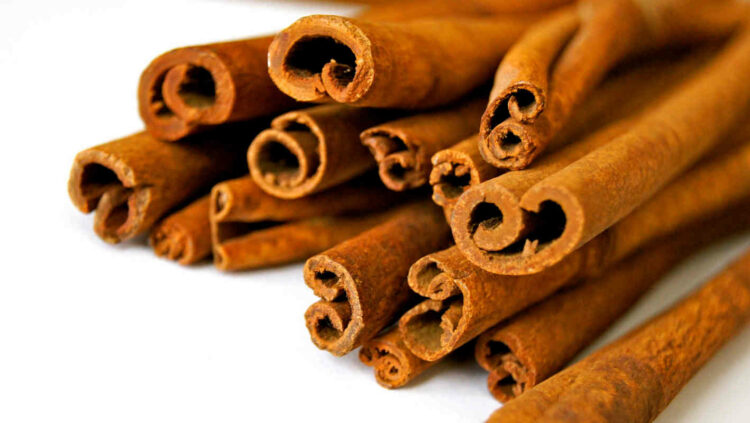Lowering blood sugar with cinnamon: health benefits

Not everyone knows that cinnamon helps lower blood sugar. This was revealed by an English study. According to the researchers, very important hypoglycemic and hypotensive properties have been highlighted on cinnamon.
In particular, on subjects suffering from type 2 diabetes, the non-insulin-dependent one, lowering of glycaemia and blood pressure were highlighted. How cinnamon works. In practice, by using cinnamon during meals, about 2 grams, the gastric emptying rate is slowed and the increase in blood glucose after eating is reduced. This spice, in fact, attacks the released sugars and reduces their blood absorption. In Ayurvedic medicine, cinnamon and its beneficial effects are well known. Kapha foods include ginger, marjoram, pepper. It also reduces total cholesterol, LDL and triglycerides. These properties are due to the presence of a polyphenol, MHCP, which stimulates insulin receptors. Other effects of cinnamon. Cinnamon can also be used in case of colds, intestinal infections, dysmenorrhea, nausea. It has antibacterial and antifungal properties, able to counteract forms of Candida albicans and helicobacter pylori. Cinnamon is rich in Manganese, Iron and Calcium and a source of fiber, effective in case of slowing of intestinal peristalsis.
Cinnamon, properties and health benefits
The use of cinnamon as a natural medicine was already known first to the Egyptians and then to the Romans. Over the centuries, its properties and benefits have become increasingly accredited, and we can summarize them as follows:
- It is a natural antioxidant that stimulates blood circulation and fights “bad” cholesterol. This is why it also helps protect the cardiovascular circulation routes.
- It has antibacterial, antiseptic, stimulating and digestive properties.
- For people suffering from type 2 diabetes, cinnamon has the same function as insulin thanks to the presence of a particular polyphenol inside.
- Helps to cope with menstrual pains.
Cinnamon: properties
Cinnamon has been used in Ayurvedic practice since the dawn of civilization: its main activity is to fight bacteria as it is a natural antiseptic capable of fighting and eliminating fungi and viruses. There are many cinnamon-based preparations that can be used to counter:
- Digestion problems
- Fatigue
- Lack of appetite
- Cold, sore throat
- Diarrhea
- Chills and flu symptoms
- Flatulence
- Intestinal colic
- Poor appetite
Cinnamon: nutrition and blood sugar
Associating the use of cinnamon with a correct diet can represent a successful combination to correct the values of sugar and cholesterol in the blood, without resorting to anything else. It is therefore essential to check the glycemic index of foods (GI). The glycemic index, a value between 0 and 100, provides information about the speed of increase in blood sugar following the intake of a food containing 50 g of carbohydrates parameterised to glucose. It is expressed in% and glucose represents 100% . Therefore, the higher the glycemic index, the more the food is able to raise the blood sugar level. There is an international table on the values of the glycemic index of foods that can be consulted to verify the correct food combinations to reduce the GI.
Cinnamon: uses in cooking
One of the major uses of cinnamon is in association with honey: the beneficial properties of honey and those of cinnamon, in fact, are often used together to relieve, along with a cup of herbal tea, a burning throat and soothe flu symptoms. With cinnamon you can season all sweet and savory dishes and its scent stimulates concentration and promotes study. Cinnamon, in association with apples, gives prominence to all dishes that require its use: from cakes to risottos, from sorbets to main courses.




















+ There are no comments
Add yours